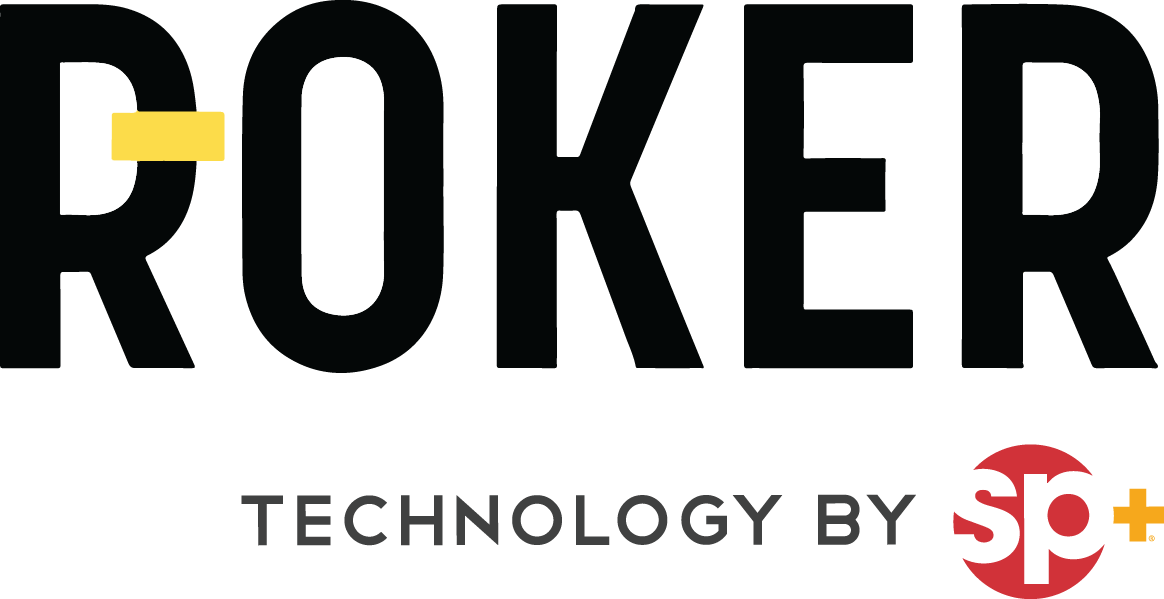
All cities — big or small — are at the center of a paradigm shift towards IoT, or the “Internet of Things.” IoT encompasses the rapidly growing number of digital devices being used today and how they’re changing the way we work, travel, and communicate on a daily basis. It’s even gone as far as reshaping aging infrastructure in our city and disrupting the way we operate on a daily basis. Technology has cultivated an inevitable growth mindset and so many businesses, cities, and governments are looking for ways to drive more efficiencies, especially as it relates to parking and urban mobility as a whole.
What is the Internet of Things (IoT)?
IoT is the interconnection of devices and services that enables an exchange of data through various cloud-based platforms, without any human intervention. In the parking industry specifically, IoT is used to control real-time traffic from internal and external servers, while also delivering key data for operators to better enforce and manage parking with their respective facilities. IoT makes it possible for cities and organizations to enhance parking management and improve urban mobility using their existing infrastructure. It eliminates the need for expensive equipment and minimizes the overall investment to enhance the parking enforcement and management process.
Streamlines traffic management
One main challenge for smart cities is optimizing traffic and congestion. Using an IoT-based parking system, operators can easily track, collect, and review data as it relates to traffic within their city or facility. It can provide greater insight into the parking behavior of their facility and surrounding locations to enable strategic decision-making and streamline mobility.
When it comes to introducing more intelligent traffic monitoring, every organization or municipality has different needs based on the demand, congestion, and size of their facilities. For example, using an IoT-based system, city planners can adjust the sensors of traffic lights to recognize the presence of ambulances or other emergency vehicles nearby. By streamlining the two, city planners and health care organizations can work together to control traffic and minimize congestion in emergency situations.
Drives smarter parking
An IoT-based parking system collects and delivers availability data that allows parking asset owners and operators to guide parkers toward available spots in real time. Using a mobile app, operators can get a digital view of how their facility is being used, with access to key insights that drive more strategic permit management and pricing. IoT also benefits the parker. They can use this mobile app to search for vacant parking in a particular area and also reserve and pay for parking from their phone.
Improves enforcement with LPR
IoT enables the function of automatic license plate recognition (ALPR), which is a key tool to enhance the parking enforcement and management process. LPR uses IoT cameras to capture images of license plates to allow for easy verification and access of authorized vehicles. This can be done through a mobile app, vehicle-mounted camera, or a fixed sensor at entry and exit gates. Using this feature, enforcement officers can rapidly scan and validate a license plate, collect vehicle data, and perform multiple enforcement tasks in a matter of minutes. Whether it’s authorizing access to parkers into a private lot or digital tire chalking, IoT makes enforcement and access control seamless and more efficient.
IoT is the future of technology and Roker is already on board. Our parking platform uses IoT connectivity to revolutionize the way smart cities enforce, manage, and control parking and traffic on a daily basis. Connect with the Roker team to learn more.
